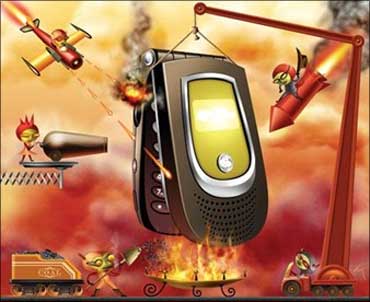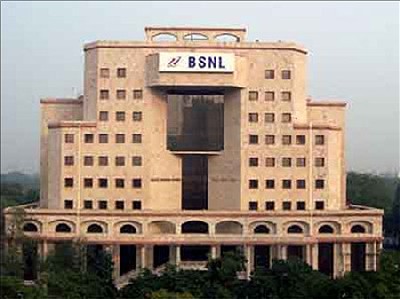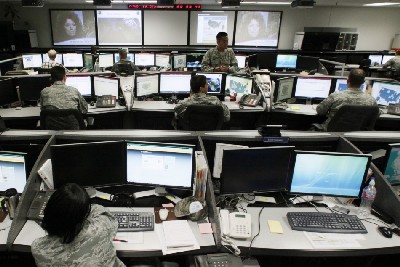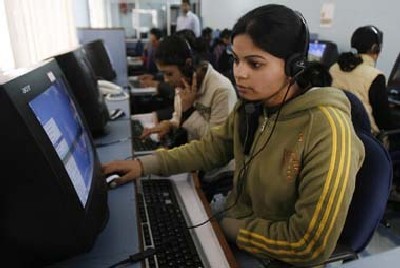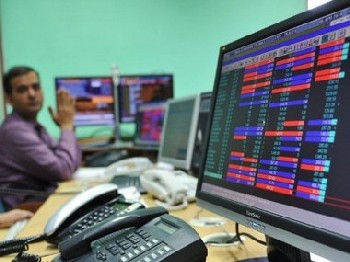 | « Back to article | Print this article |
BSNL's quest for IT: Challenges, solutions and results
Four years ago, Bharat Sanchar Nigam Ltd (BSNL) realised that external and internal challenges were affecting its profitability. An increasing pressure on margins due to telecom price wars prompted the state-owned telecom giant to initiate the implementation of enterprise resource planning (ERP).
In the past, BSNL had invested in IT, but it could never get the desired effect. In fact, a report pegged the company's expected 2010-11 losses to be over Rs 6,000 crore (Rs 60 billion).
The ERP implementation that the company started in 2008, thus, became critical for BSNL. After all, earlier, a Gujarat-circle deployment of SAP's ERP in 2004 had not given the company the desired results.
Click NEXT to read more...
BSNL's quest for IT: Challenges, solutions and results
Mounting challenges
The ERP project at BSNL required 65,000 SAP licenses and 315,000 ESS (employee self service) licenses for all the employees. The biggest challenge that BSNL faced was the heterogeneity of its systems. Next to it was its huge employee base -- totalling 357,000.
In terms of operations, BSNL is divided into circles. Each of them are further divided into secondary switching areas (SSA). There are 334 SSAs spread across 26 independent entities. Each SSA acts independently, and has their own profit centre. They conduct business independently.
For financial reporting, BSNL had manual process at the levels of SSA and circle. This meant that the finance department in order to benefit the ERP roll-out would need to consolidate 750 trial-balance accounts.
Since each system was independent, the company did not have an integrated financial system. The heterogeneity, for instance, also affected taxation pay-out. A detailed study by research firm IDC estimated that the company was reporting losses of Rs 200 crore (Rs 2 billion) due to annually pay-out toward taxation.
Click NEXT to read more...
BSNL's quest for IT: Challenges, solutions and results
More importantly, BSNL always invested in IT systems.
Since the company didn't have consolidated IT systems, it resulted in a slew of customised applications, different databases and internal processes.
Add to this, the company was facing tremendous pressure in the market with the private players eating into its customer base.
Click NEXT to read more...
BSNL's quest for IT: Challenges, solutions and results
The solution implemented
BSNL choose HCL Axon for the implementation for the roll-out of the most important applications that is the ERP. HCL Axon collaborated with SAP for BSNL's ERP project.
As a member of the consortium, HCL AXON partnered with HCL Infosystems, which was the lead consortium bidder, and with Ernst & Young (E&Y) for business process reengineering (BPR) provider.
The first phase of the implementation was to get started the business process reengineering (BPR) exercise. This basically studied the systems and gaps that BSNL had compared to some of the other players in the market. It took about three months.
Post this, HCL and E&Y came out with a detailed business blueprint.
"Other than the disparate systems, one more challenge at BSNL was the process of taking approvals," notes Animesh Parihar, Executive VP and Head SAP Global Delivery, HCL Technologies. "Since it's a government organisation, each decision needed to be approved from the concerned department. That meant delays."
Click NEXT to read more...
BSNL's quest for IT: Challenges, solutions and results
The third step was the proof-of-concept implementation. The first implementation of ERP was to cover the Western Telecom Projects Mumbai, Telecom Factory at Mumbai and the Advanced Level Training Centre at Ghaziabad.
For this roll-out, HCL deployed a team of 200 employees. This also had the involvement of 150-175 BSNL employees. "The biggest challenge was people management," recalls Parihar. "We had to select people from the IT teams at BSNL who could be a part of this. Also these people will going ahead train other employees at BSNL."
According to HCL's calculations, one day's training of a BSNL employee needs 3,000 man-hours. It will take around 15,000 man hours to train all the BSNL employees.
The next phase of roll-out will cover the crucial Karnataka circle, Maharashtra and the corporate office.
Click NEXT to read more...
BSNL's quest for IT: Challenges, solutions and results
Results, advantages
One of the biggest benefits has been the company's sticking to a single system. This gives BSNL a single view of its procurement.
The company has now decided to centralise its procurement at the SSA and head office level. As a result, this is expected to reduce the number of procurement units from 334 to 40.
"For BSNL, inventory management was separate for each unit," points out Parihar. "Each district would have a different version of applications for inventory management. Now BSNL can have a centralised platform for the inventory management."
Click NEXT to read more...
BSNL's quest for IT: Challenges, solutions and results
According to an IDC case study, BSNL is expecting to save almost 50 per cent towards inventory management. With central system, BSNL is also planning to optimise its real-estate.
BSNL is looking to create a centralised inventory of all real-estate assets and create a new business group toward renting out these facilities to state departments and government entities.
According to the IDC study, BSNL has a fuel expense of $450 million that is toward running of generators. With the implementation of SAP, the company is looking to map electricity bills to conduct data analysis.

